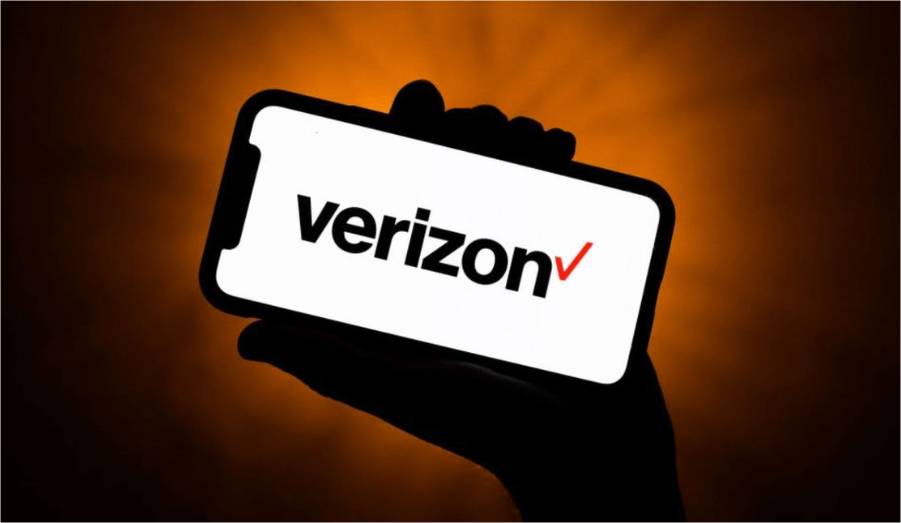📑 Table of Contents
Businesses using Toll-Free SMS should prepare for a cost increase as Verizon is set to raise its pass-through fee from $0.003 to $0.004 per message, effective June 1, 2025.
The price change applies specifically to outbound SMS traffic sent via Toll-Free numbers. While the increase is just a fraction of a cent, companies that send high volumes of messages could see a noticeable rise in communication costs.
Industry analysts note that this move reflects broader shifts in messaging infrastructure costs, underscoring the need for businesses to optimize their messaging strategies and closely monitor performance metrics.
With messaging continuing to play a central role in customer engagement, the change may influence how businesses budget and scale their communications in the coming months.

Background & Context
Toll-free SMS, often used in application-to-person (A2P) messaging, allows businesses to send automated text messages from toll-free numbers. These numbers are typically used for customer support, notifications, and marketing campaigns. Unlike traditional person-to-person (P2P) texting, A2P messaging is designed for high-volume, automated communication.
Over the past few years, wireless carriers have gradually increased fees associated with A2P SMS services. These hikes are usually attributed to rising infrastructure costs, message filtering improvements, and anti-spam efforts. As businesses continue to rely on messaging for engagement and conversions, carriers are adjusting pricing models to match demand and operational challenges.
Such fee increases are not uncommon. Carriers periodically review and update pricing structures to reflect maintenance costs, network upgrades, fraud detection efforts, and overall market trends. This helps ensure a stable and secure messaging ecosystem, particularly for enterprise users.
Details of the Fee Increase
Effective June 1, 2025, Verizon increased its fee for sending toll-free SMS messages. The per-message rate rose from $0.002 to $0.005. This represents a 150% increase, which may significantly impact high-volume senders such as customer service centers, nonprofits, and retail brands.
Unlike some other fee models that differentiate based on message type or analytics level, Verizon’s updated pricing applies universally. There is no tiered breakdown, meaning both standard and high-volume senders will be charged the same per-message fee. It’s important to note that this increase only applies to outbound messages. Inbound toll-free SMS remains free of charge.
Reason Given by Verizon
Verizon has attributed the fee increase to multiple operational and strategic needs. According to a carrier advisory issued to messaging platforms and business partners, the revised rate reflects Verizon’s continued investment in network security, traffic monitoring, and fraud prevention systems.
The company also emphasized the need to maintain compliance standards and ensure the reliability of toll-free SMS services. By investing in better delivery infrastructure and filtering mechanisms, Verizon aims to protect consumers from spam and ensure legitimate business traffic is prioritized and delivered effectively.
Impact Analysis
The increased toll-free SMS fee will have a direct financial impact on businesses and nonprofit organizations that rely on automated text communication. For companies that send thousands or millions of texts monthly, the jump from $0.002 to $0.005 per message could lead to significantly higher costs, affecting marketing budgets and outreach plans.
Consumers may also be indirectly affected. As businesses seek to control expenses, some may reduce the frequency of text alerts or promotional messages. Others might shift to alternative channels, which could lead to a change in how users receive updates and offers.
Meanwhile, competitors such as AT&T and T-Mobile have not announced similar fee hikes at this time. However, industry observers suggest that other carriers may follow suit as they monitor Verizon’s implementation and assess their own operational costs.
Expert / Industry Commentary
Industry analysts note that fee adjustments are part of a broader trend in A2P messaging. As text communication continues to grow in popularity, carriers are under pressure to scale infrastructure, prevent abuse, and manage large traffic volumes.
According to the CTIA (Cellular Telecommunications Industry Association), fee transparency and improved deliverability are key goals for carriers. The organization supports carrier efforts to reduce spam, enhance customer trust, and ensure that enterprise messaging remains a valuable communication tool.
Experts also point out that increased costs may push businesses to diversify their messaging strategies, leveraging email, push notifications, or over-the-top (OTT) platforms like WhatsApp Business.

Alternatives & Recommendations
To mitigate the impact of rising fees, businesses can explore a few strategies. One option is to evaluate messaging vendors and compare pricing across carriers, potentially switching to those with lower toll-free SMS costs.
Renegotiating messaging contracts or exploring volume-based discounts can also provide relief. In addition, using registered and verified toll-free numbers can improve deliverability and reduce the likelihood of filtered or undelivered messages.
Businesses should also audit their messaging lists regularly. Removing inactive or unengaged recipients can reduce costs while increasing message efficiency. For those heavily impacted, moving part of their communications to alternative channels such as WhatsApp, Facebook Messenger, or mobile apps may offer a cost-effective complement to SMS.
Timeline & Next Steps
Verizon’s new toll-free SMS pricing took effect on June 1, 2025. All messaging providers using Verizon’s network are now subject to the updated rate for outbound messages.
Customers should review their current billing agreements and assess the financial implications. Messaging providers may also update their rate cards, so businesses are encouraged to confirm any pass-through changes with their vendors.
Going forward, regulatory updates and industry developments may lead to further changes in A2P SMS pricing. Staying informed through carrier updates and trade associations will help organizations adapt and plan proactively.
Conclusion / Summary
Verizon’s decision to increase toll-free SMS fees marks a notable change in the enterprise messaging landscape. With per-message costs rising significantly, businesses and nonprofits will need to adjust their communication strategies to stay effective and budget-conscious.
The update underscores the importance of monitoring carrier announcements, optimizing message efficiency, and diversifying outreach channels. By doing so, organizations can continue engaging their audiences while managing operational costs in a shifting telecom environment.